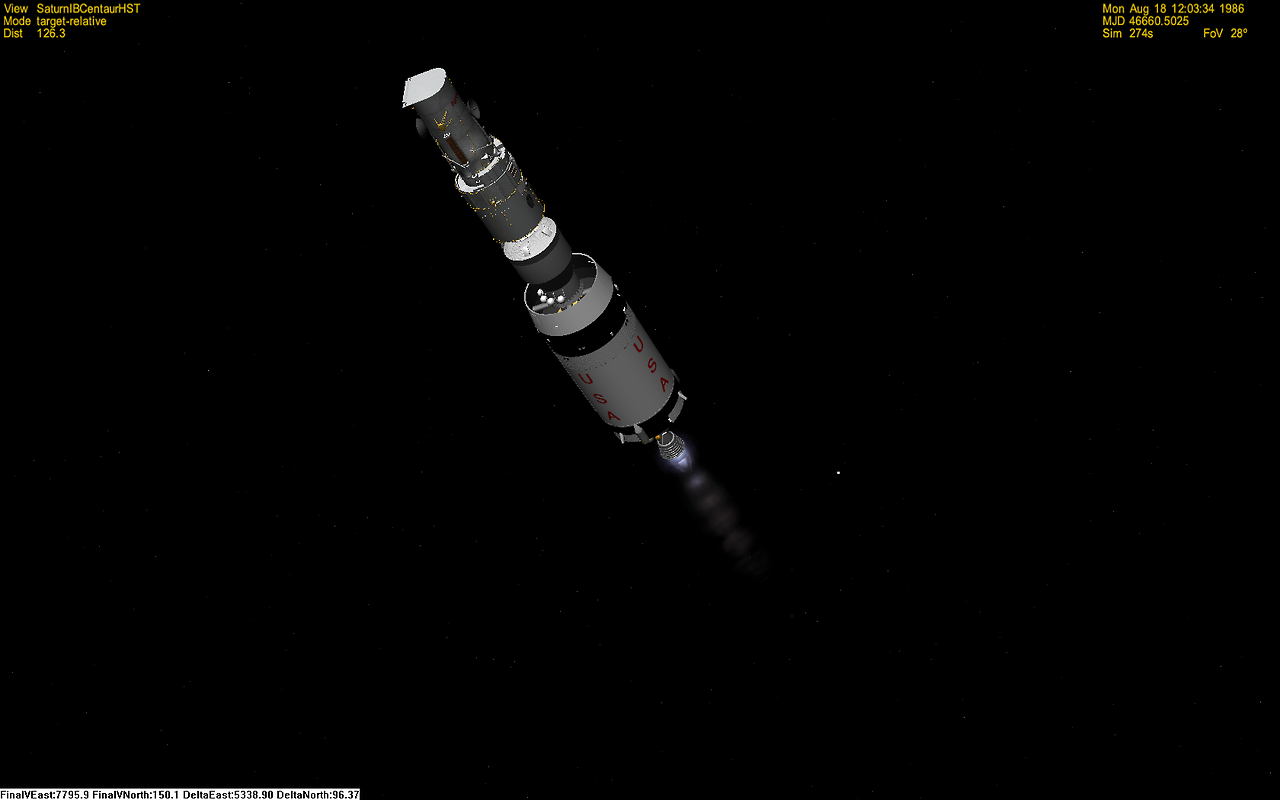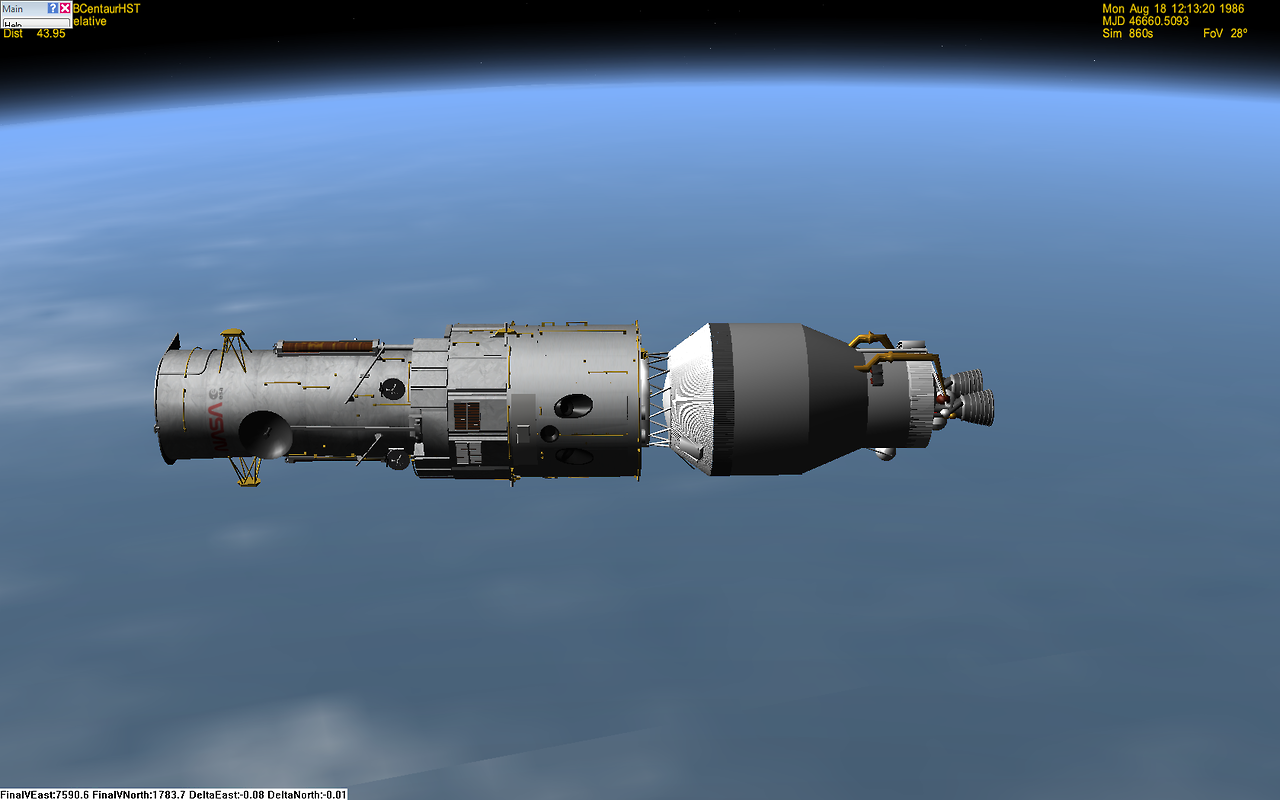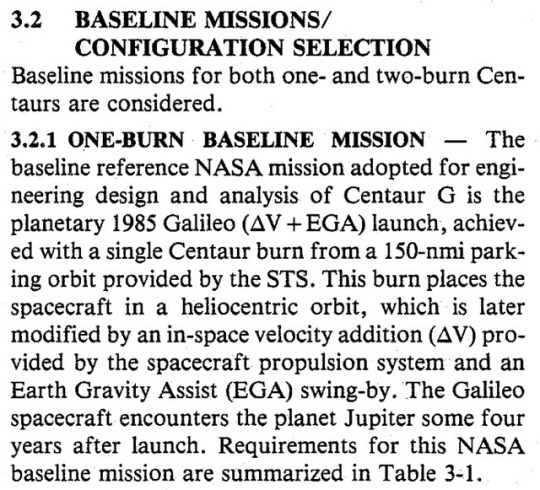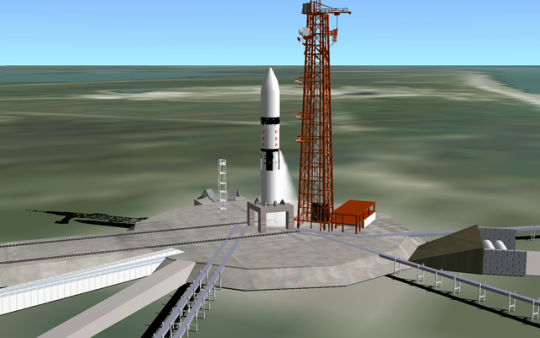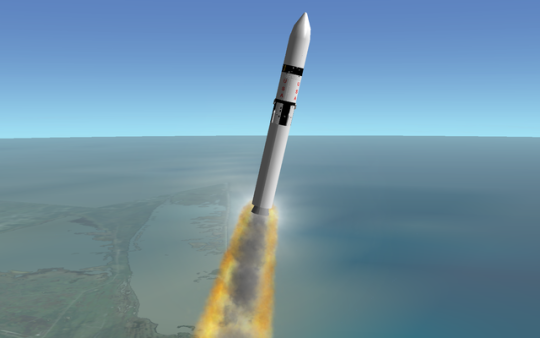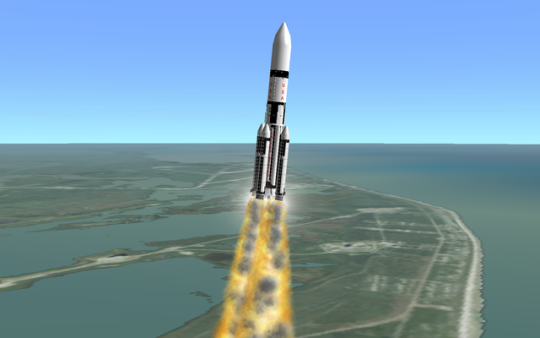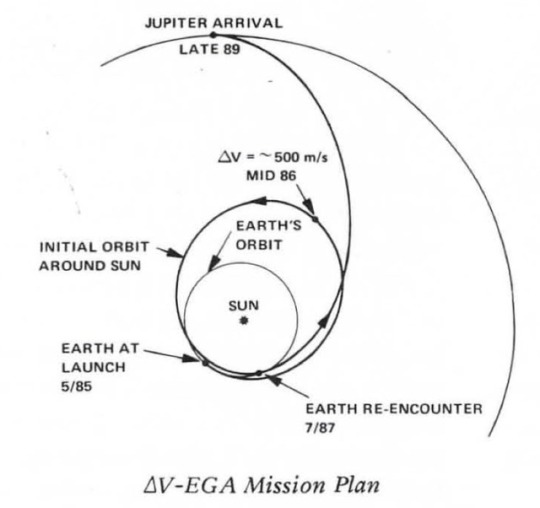Now that the playsound feature has been restored to MS2015 for Orbiter 2010, I've gone and done proper countdown audio tracks for all the launches. Some launches reuse audio like from the Apollo 7 launch, ASTP Apollo launch, or the Skylab 1/A launch.
I'm really perplexed about not being able to launch Galileo direct to Jupiter with a Centaur G-Prime. There are three entries for the Centaur G on Encyclopedia Astronautica. One is the Centaur G as it was flown on the Titan IV. It's the heaviest and has the longest burn time of 625 seconds. This one is able to send Galileo direct to Jupiter but it needs every ounce of fuel to do it. This doesn't work because its weight added to the weight of Galileo means that the Saturn IB can't get it into orbit without the Centaur having to fire its own engine. The second entry is called Centaur G STS. I think this was the shorter variant and, although it's the lightest, it has the shortest burn time of 420 seconds. All the illustrations I've seen show Galileo being deployed on the end of the larger variant of the Centaur G. The third entry is the Centaur G Prime and I believe that this was the one that was meant to be launched by the Shuttle. It's lighter than the Centaur G as it was used on the Titan IV and has a burn time of 550 seconds. This is the one I'm using on my Saturn IB, although it can't seem to get Galileo to Jupiter by itself.
I tried many different things like using the second stage of an IUS as a kick motor, a PAM-D as a kick motor, and swapping out the S-IVB-200 stage with an S-IVB-500 stage that can restart. The combination that gets me the closest is with a Saturn V S-IVB/Centaur G-Prime/PAM-D stack. It gets me to Jupiter but it takes literally every single gram of fuel to get Galileo on its way. Should this be necessary? Short answer, no. Long answer, the Shuttle Centaur G-Prime is supposed to be able to do the job by itself. I can't have Galileo be mounted as a live payload because the Galileo by hutchison66 is heavier than the real Galileo at launch. Even at a historic mass of 2,562 kg, the Centaur G-Prime just can't seem to do it. I'm totally at a loss. I'm half tempted to abandon this launch but a part of me wants this to succeed.
If anyone has some thoughts on this, I'll be glad to hear them. It would be nice to have some documentation as well. STS-61-G was supposed to launch Galileo on a Centaur G from Atlantis in May of 1986. That's only 4 months after Challenger broke apart, so some mission details had to have been set down by then, at least I assume so.
---------- Post added at 03:14 AM ---------- Previous post was at 03:08 AM ----------
It appears that the date, time, and planned orbital inclination were set, as well as the crew and the planned mission duration. Heck, even the mission patch for 61G was made. I wonder if there's more information out there like the original weight of Galileo. My theory is that the closer approach to the Sun for a VEEGA trajectory meant that Galileo needed more protection added to it.

